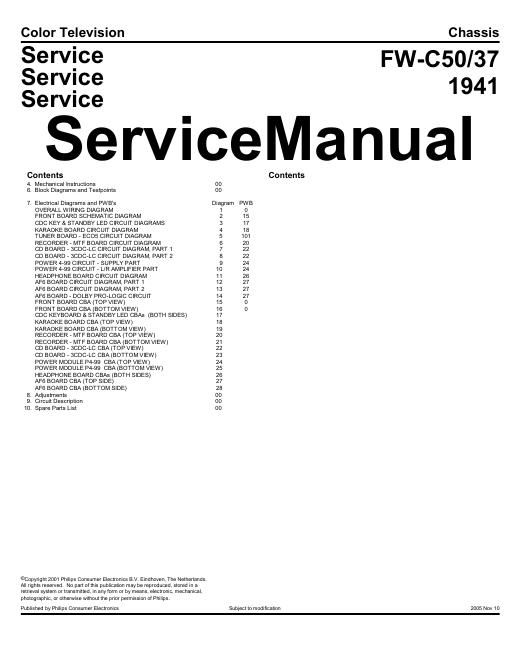Philips fw c 50 service manual
This is the 132 pages manual for philips fw c 50 service manual.
Read or download the pdf for free. If you want to contribute, please upload pdfs to audioservicemanuals.wetransfer.com.
Page: 1 / 132
